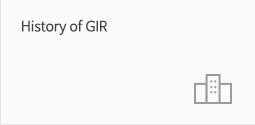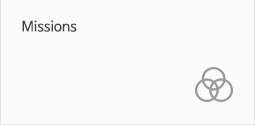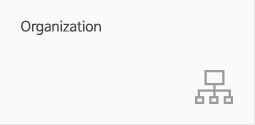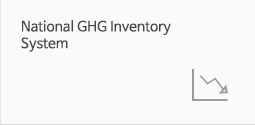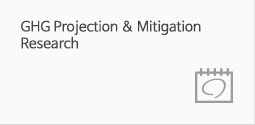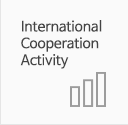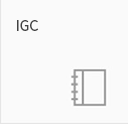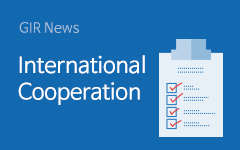board Read
| Title | [Daily Journal] Doa'a Hassnin Al Derabani - July 12 | ||||
|---|---|---|---|---|---|
| Name | Doa'a Hassnin Al Derabani | ||||
| Date | 2018.07.16 | ||||
| Views | 1,657 | ||||
|
Doa'a Hassnin Al Derabani
Lectures on Waste Sector Journal of the 18th day in Korea July 12, 2018
After lots of lectures on calculating GHGs inventory from Energy and IPPU sectors, we have started a new sector in GHGs inventory. New lecturer. Waste sector; Prof Seungdo Kim has vast knowledge and experience in Waste management and preparing inventories. I believe he has helped us to calculate the GHGs inventory using the right methodology. Today’s lectures went well; tomorrow will be even better. Prof. Seungdo Kim presented great material in waste sector; right from first section; the introduction, waste sector categories in 2006 IPPC guideline and definitions, the major processes related on the GHGs emission "Methanogenesis, Nitrification and Denitrification, Incineration, General Decomposition". The major factor affecting the GHG emissions are associated with the characteristics of the incineration (combustion) process, the technologies used, and composition of the waste itself. There are a few processes that took my interest today. Methanogenesis; the process by which methanogenic bacteria breakdown waste to produce methane. It only occurs under anaerobic conditions. Nitrification and Denitrification are also processes that can occur during WTD and it especially important to consider when waste flows have relatively high nitrogen contents. At incineration, greenhouse gases (CO2, CH4, and N2O) are generated during the course of incineration of organic wastes as well as of treatment of air pollutants. That is a bit of the new things that I learnt today; I feel like a chemist overnight!
During the second session, Prof. Seungdo talked about waste generation, composition and management data. Activity data on waste generation, composition and management is the starting point for the estimation of GHG emissions. Oh we had 10-15 minute breaks in between sections to help us relax and talk about the exciting city that is Seoul! Back to solid waste management, solid waste (in Korean) is garbage, burnt refuse, sludge, waste oil, waste acid, waste alkali, and carcasses of animals which have become no longer useful for human life or business activities. Practices of solid waste management include collection, recycling, and treatment such as solid waste disposal on land, biological and other treatments as well as incineration and open burning of waste. Professor Seungdo also mentioned the classification of solid wastes "Municipal solid waste (MSW), Sludge, Industrial solid waste and other solid waste" The other topic in the second section is waste composition that is one of the main factors influencing GHG emissions, as different waste types contain different amount of degradable organic carbon (DOC) and fossil carbon. After Mr. Seungdo explained all issue and show the related tables in 2006 IPCC guideline in this section he gave trainees good exercises to calculate GHGs inventory and he helped all of them. During the third session, Mr. Seungdo show us important topics on solid waste disposal that include very rich information about the landfills processes "Inlet processes within the landfill, Leachate Treatment and LFG Treatment". Landfills in my country and most developing countries are the main SWDS. Luckily, we learnt in depth landfill classification; and processes/generation of emissions from landfills. Landfills are large anthropogenic sources of methane (CH4) emissions which we learnt how to estimate in this section. We learned choice of estimation methodology, activity data and choice of EF and parameters. He made sure also to give us information on uncertainty assessment, QA/QC, reporting and documentation. Between the calculation exercises (workshops as he refers to them), and the discussions he had with us on a one on one basis, I can’t say how much I enjoyed today. |
|||||


